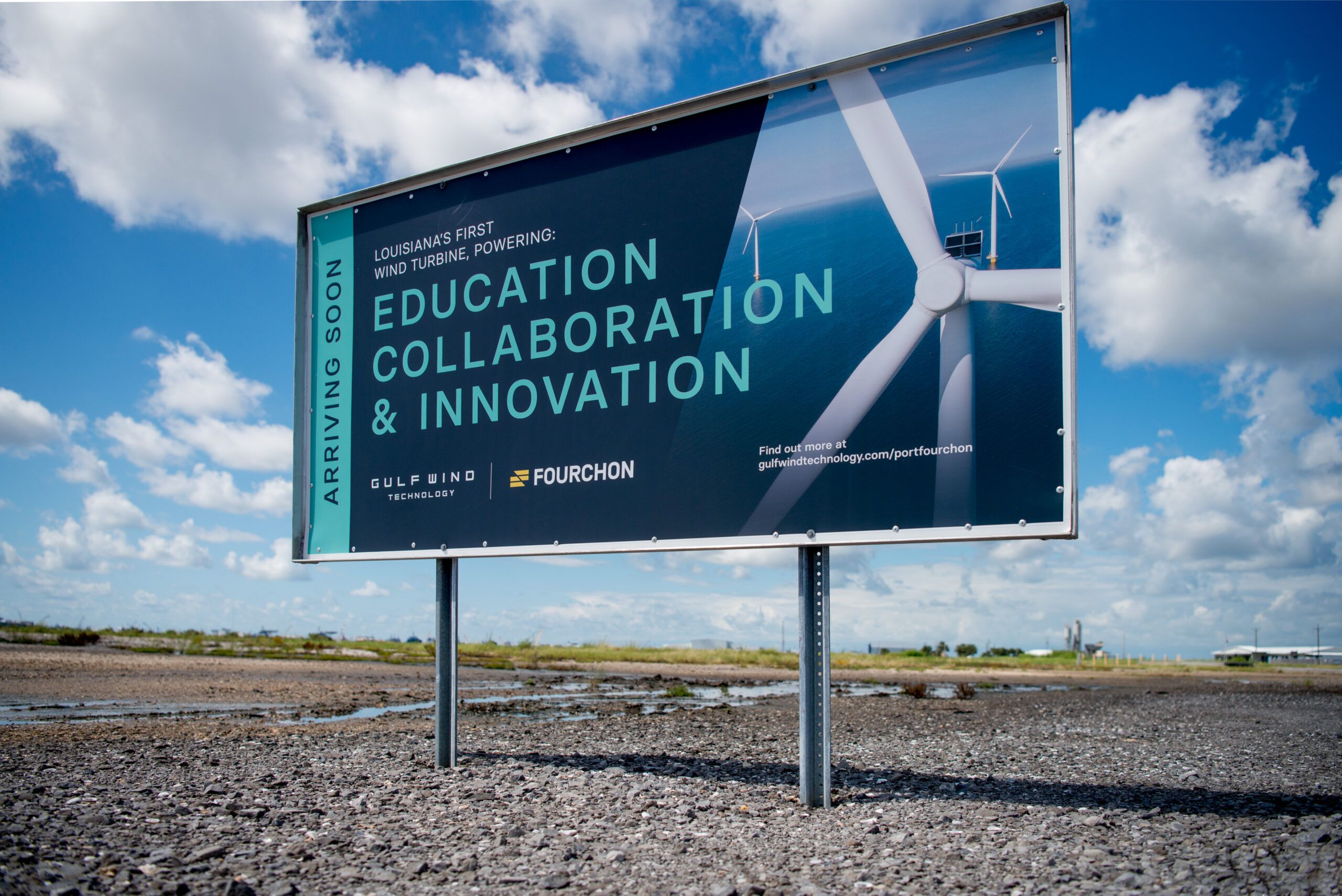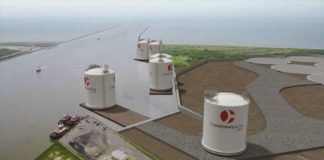
It’s no secret that major offshore wind projects are under development in wind-rich areas along the nation’s East and West coasts. But how likely is Louisiana to get in on the action?
Speaking at the 41st United States Association for Energy Economics North American Conference at LSU last week, Chett Chiasson, executive director of the Greater Lafourche Port Commission, and state Rep. Joe Orgeron, R-Larose, offered their insights.
According to Chiasson, Louisiana may be poised to become a leader in offshore wind because of its existing offshore oil and gas infrastructure—something that states on the East and West coasts lack. In the Northeast, for example, ports need to be built from the ground up to support offshore wind activity. Here, existing ports can be retrofitted.
“We firmly believe from a supply chain capability standpoint that the offshore oil and gas supply chain is the offshore wind supply chain,” Chiasson said. “There’s some retrofitting that has to take place … but we’re uniquely positioned because of our offshore oil and gas capabilities to flip a switch and do some things and get us ready to go.”
Orgeron, who also serves as executive director of nonprofit coastal advocacy group Restore or Retreat, pointed out that offshore wind projects along the East and West coasts are often designed to meet demand for residential power with infrastructure located near population centers.
The Gulf Coast, by comparison, is “all about industry”—offshore wind projects in the Gulf of Mexico would largely serve to complement the region’s existing energy mix to make industrial facilities along the Mississippi River more globally competitive, he said.
“It’s all about complementing our already fossil fuel-based low electrical wholesale energy cost with a higher percentage—six, eight, 10 percent—of renewable energy,” Orgeron said.
Some progress has been made to make offshore wind projects a reality in Louisiana. In August 2023, RWE secured the first federal offshore wind lease in the Gulf of Mexico near Lake Charles. And in December, the state awarded two operating agreements—one to Diamond Offshore Wind and one to Vestas—to develop the first offshore wind projects in Louisiana waters. All three of those projects will likely take several years to come to fruition, however.
In the meantime, Gulf Wind Technology is aiming to build Louisiana’s first small-scale wind turbine at Port Fourchon by mid-2025.
According to Chiasson, that turbine will be something of a case study, collecting data to understand how turbines can best withstand the Gulf of Mexico’s unique environmental challenges like hurricane-force winds. The insights gained will help guide future offshore wind projects in the region.


